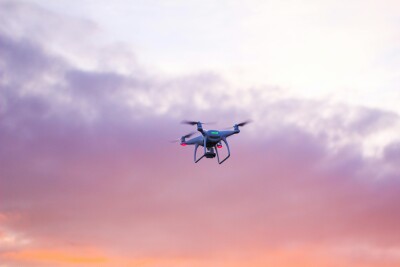The deployment of drones in public safety and emergency service operations over the past several years has demonstrated how they can save lives by enabling better and faster tactical decisions and awareness. Drones provide much needed ground support for emergency personnel rushing onto the scene of a fire, search and rescue operation, or other potentially dangerous mission. However, drones need to work in concert with other mission critical platforms, and this adds new challenges on integrating drones into other established practices.
As drone use in emergency services and public safety continues to grow, the need for traffic management has only increased. For example, during a natural disaster or other complex mission, there is usually more than one type of aircraft in the airspace doing various jobs both part of and adjacent to the primary task. All of these types of activities need to be taken into account when drones are deployed. Otherwise unfortunate situations can happen like what happened in Arizona with the Coldwater fire in which an unauthorized drone flew into a temporary flight restricted area, forcing a firefighting helicopter to be grounded.

Scenarios like these is what sparked NASA to spearhead research into public safety traffic management for manned and unmanned flight. The project is called Scalable Traffic Management for Emergency Operations, or STEReO, and is led by the Ames Research Center in California’s Silicon Valley in collaboration with the Langley Research Center, the Glenn Research Center, FAA, U.S. Forest Service, Avision Inc., and others. The goal of this project is to specifically research and develop the infrastructure and processes needed to broadly implement drones into emergency response.
This kind of research is helping key stakeholders from industry, end-users, and federal agencies to collaborate and understand the complexity of the issue, especially in large scale efforts like fighting wildfires, assessing hurricane damage, and search and rescue. The results of these efforts have already been impactful for emergency response.
“Thanks to the STEReO project, first responders can quickly assess the impact of a disaster and safely place the resources needed to restore services,” said Stas Mozolyuk, Founder and CEO of Avision to Commercial UAV News.

Avision specializes in providing fleet operations management for industries like public safety. They provide important features such as tactical BVLOS support, LAANC authorization, live video streaming for situational awareness, network remote ID, and UAS Volume Reservation (UVR), which enables operators to set up temporary flight restrictions for drone operations.
These capabilities are enabling emergency services to safely interact and integrate with other aircraft deployed in the airspace and are an important step for scaling operations.
















Comments